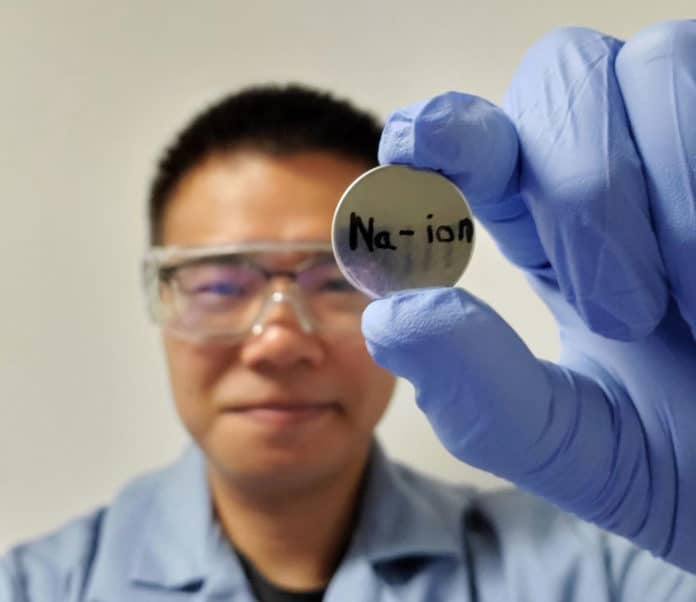Lithium-ion batteries are composed of materials such as cobalt and lithium, which are rare and expensive. With the growing demand for electricity storage, these materials will become harder to get and possibly more costly. Plus, Lithium-based batteries would also be problematic in meeting the tremendous growing demand for power grid energy storage.
In contrast, sodium-ion batteries, produced using modest, abundant, and sustainable sodium from the earth’s oceans or crust, could make a decent contender for large-scope energy storage. Lamentably, they don’t hold as much energy as lithium batteries.
The critical challenge is for the battery to have both high energy density and excellent cycle life.
Now, scientists from the Washington State University (WSU) and Pacific Northwest National Laboratory (PNNL) have devised a new sodium-ion battery that can hold as much energy and works as well as some commercial lithium-ion battery chemistries.
The new battery technology can deliver a capacity similar to some lithium-ion batteries and recharge successfully, keeping more than 80 percent of its charge after 1,000 cycles.
Scientists created a layered metal oxide cathode and a liquid electrolyte that included extra sodium ions, creating a saltier soup that had a better interaction with their cathode. Their cathode design and electrolyte system allowed for the continued movement of sodium ions, preventing inactive surface crystal build-up and allowing for unlimited electricity generation.
Yuehe Lin, a professor in WSU’s School of Mechanical and Materials Engineering, said, “Our research revealed the essential correlation between cathode structure evolution and surface interaction with the electrolyte. These are the best results ever reported for a sodium-ion battery with a layered cathode, showing that this is a viable technology that can be comparable to lithium-ion batteries.”
Junhua Song, lead author on the paper and a WSU Ph.D. graduate who is now at Lawrence Berkeley National Laboratory, said, “This work paves the way toward practical sodium-ion batteries, and the fundamental insights we gained about the cathode-electrolyte interaction shed light on how we might develop future cobalt-free or low cobalt cathode materials in sodium-ion batteries as well as in other types of battery chemistries. If we can find viable alternatives to both lithium and cobalt, the sodium-ion battery could truly be competitive with lithium-ion batteries.”
Journal Reference:
- Junhua Song, et al., Controlling Surface Phase Transition and Chemical Reactivity of O3-Layered Metal Oxide Cathodes for High-Performance Na-ion Batteries. ACS Energy Letters, 2020; DOI: 10.1021/acsenergylett.0c00700
